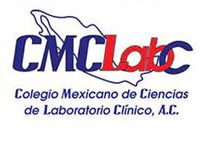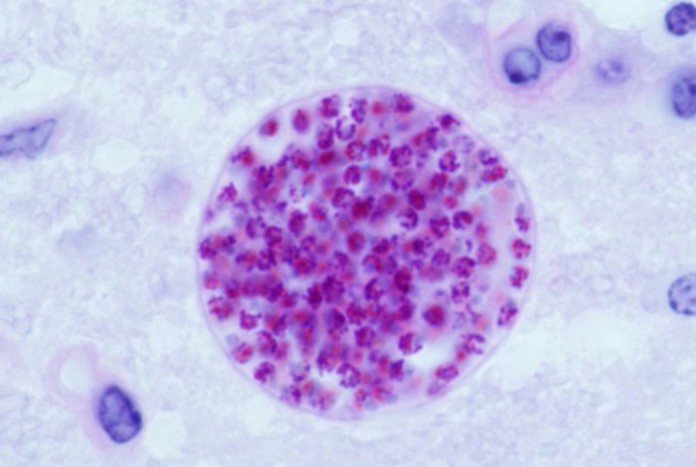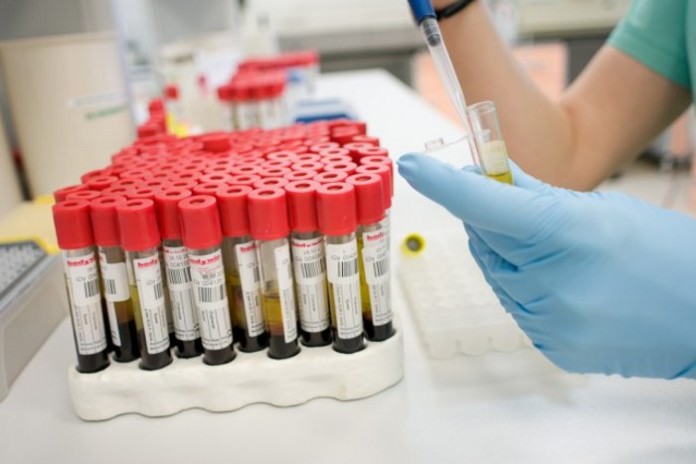A review of blood samples for nearly 5,000 patients seen at The Johns Hopkins Hospital Emergency Department suggests that federal guidelines for hepatitis C virus (HCV) screening may be missing up to a quarter of all cases and argues for updated universal screening.
A report on the study is published online ahead of print in the journal Clinical Infectious Diseases.
Currently, the U.S. Centers for Disease Control and Prevention (CDC) recommends one-time HCV testing for all adults born between 1945 and 1965, or for those with risk factors such as injection drug use, HIV or use of clotting factors. But up to one-quarter of infections could remain undiagnosed, according to results of the new study, and the authors say that universal one-time testing of all U.S. adults seeking care at inner-city emergency rooms might identify many more people who have the virus, getting them into management and treatment. Better screening would also reduce the risk of spreading the infection to others.
In November 2015, The Johns Hopkins Hospital expanded its testing for HCV to all eligible Emergency Department adults 18 and older who have their blood drawn as part of routine clinical care and are not known to be HCV antibody-positive. Johns Hopkins Bayview Medical Center adopted this expanded testing protocol in February 2016. The Johns Hopkins team specifically found that nearly 14 percent of patients among the 5,000 tested positive for HCV, one-third of whom were unaware they were infected.
“Hepatitis C has a very long clinical arc, so if you get infected, you may not have obvious signs of illness for five to 10 years. Ultimately, it eats away at the liver in many people and can cause liver cancer,” says senior study author Thomas C. Quinn, M.D., professor of medicine and pathology at the Johns Hopkins University School of Medicine. “This is an infection that can now be cured if detected early, rendering people noninfectious and thereby preventing the dire consequences that are associated with the virus. However, we found a large proportion of undocumented, undiagnosed hepatitis C infection in the population attending this ED.”
Many people with risk factors like injection drug use don’t disclose their risk information to emergency department staff, so universal testing, “in addition to the CDC recommendations, is the only way to identify as many HCV infections as possible,” adds lead study author Yu-Hsiang Hsieh, Ph.D., an associate professor in Johns Hopkins’ Department of Emergency Medicine.
“We found high prevalence rates of HCV even in young adult patients, suggesting we need to expand testing beyond the baby boomer cohort,” Hsieh says. “Urban EDs should consider expanding CDC HCV testing recommendations to permit more robust identification of patients with unknown HCV status.”
For the study, the researchers examined blood samples from 4,713 patients older than 17 presenting to The Johns Hopkins Hospital’s Emergency Department between June and August 2013. Of these patients, 652 (13.8 percent) were HCV antibody-positive, meaning they either had HCV currently or at a prior time, and 204 (31.3 percent) of those who tested positive had undocumented HCV infection. Patients born between 1945 and 1965 had an HCV prevalence of about 25 percent compared with adults born outside this range, who had an HCV prevalence of 7 percent. These baby boomers also had a higher prevalence of undocumented HCV — about 7 percent versus 2.6 percent in other adults tested. Non-African-American men and women as young as 18 to 34 (born between 1979 and 1995) had a high HCV prevalence of up to 7.6 percent.
Among the 204 Emergency Department patients with undocumented HCV infection, 128 (63 percent) were in the 1945 to 1965 birth cohort, 45 (22 percent) were injection drug users and 10 (5 percent) were known to be infected with HIV. Further assessments by the researchers found that 99 (49 percent) would be diagnosed based on birth cohort testing alone, with an additional 54 (26 percent) identified based on modified CDC risk-based testing (based on injection drug use or known HIV status).
“Had we established an emergency room HCV testing program with just these guidelines, 51 patients (25 percent) with undocumented HCV would not have been identified during our study period,” Hsieh says. “Given an estimated 7,727 unique ED patients with HCV infection in a one-year period, birth cohort testing would identify 1,815 undocumented infections, but universal testing would identify an additional 526 cases.”
The results also underscore the need for federal and state HCV management and treatment resources to support emergency departments and HCV patients, Quinn and Hsieh say. “It sounds easy to do HCV testing for every eligible patient, but it takes a lot of effort,” Hsieh says.
In the near future, the investigators hope to examine the cost-effectiveness of different HCV screening approaches in the emergency department setting, including universal testing and CDC-recommended birth cohort testing. But with a projected 3.2 million people infected with HCV in the U.S. alone, it’s critical for all of these patients to be identified, treated and cured, say the researchers.
“It’s not often that we get to say we can cure a medical condition,” says Hsieh. “So when we can, we should implement protocols that allow us to easily identify those in need.”
Source: hopkinsmedicine.org































































